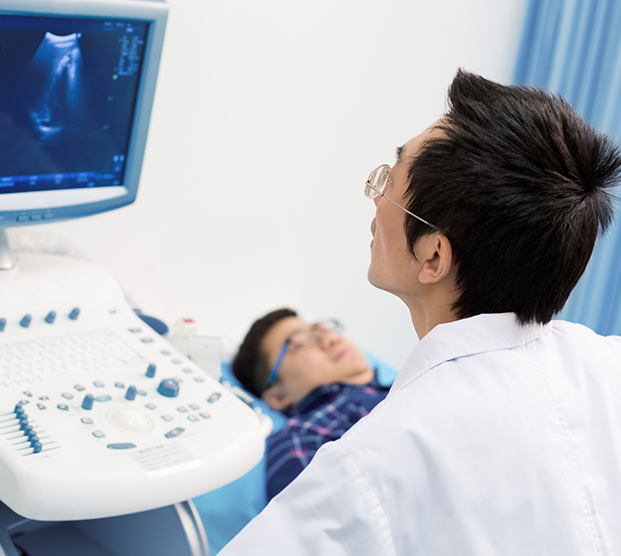Prostate Biopsy
Home » Braving Cancer Together » Prostate Cancer » Prostate Biopsy

Prostate biopsy uses traditional biopsy methods and technologically advanced imaging to identify prostate cancer with great accuracy.
An MRI scan is done first, and then an ultrasound. The procedure is done using a machine that allows the physician to see both image types simultaneously and manipulate the 3D image in real time.


The Benefits of Prostate Biopsy
The main benefit of biopsies is their heightened accuracy, compared to traditional diagnostic tests. For example, prostate-specific antigen (PSA) blood tests help determine a patient’s risk for prostate cancer, but some patients with elevated PSA levels don’t have cancer, while other patients with low PSA levels do. This technique helps identify cases that do need treatment.
The prostate biopsy is advantageous because of the improved use of imaging. By utilizing two different imaging techniques, the physician receives more information about the patient’s condition. This helps increase the accuracy of the biopsy and decrease the need for repeated biopsies.
Before the Procedure
Prior to performing the biopsy procedure, the patient’s physician will explain how to prepare for the procedure. The instructions will include information about what medications should be halted and when the procedure will be done. Some physicians require the patient to do an enema prior to the appointment. A MRI will be performed beforehand and the data will be downloaded to the machine.


What to Expect During the Procedure
The procedure is usually done as an outpatient in a procedure room in the office. The ultrasound probe will be placed into the rectum and the image fusion will be performed. Local anesthetic will be administered as well as antibiotic. The biopsies will be taken, and patient will be observed for a few minutes and if stable will be able to go home right away. The biopsy result is usually available within two weeks.
